Blog Series for National Nutrition Week in India: Bioavailability of nutrients

September 1 to 7 is celebrated in India as National Nutrition Week, and attempting to raise awareness around nutrition absorption and consumption, LANSA research is running a blog series to enlighten readers on simple nutrition science facts.
Part 1: Understanding bioavailability and nutrient interactions in our body
Now-a-days, people are more conscious about the food they eat and its effect on their health. We are now faced dealing with double burden disease and triple burden disease. By understanding nutrition bioavailability and the interactions nutrients have inside our bodies, we can alter of diet for better health.
Bioavailability of nutrients
There are two components -
i) Absorption - the process of movement of nutrients from intestine into our body. Nutrients are not active until it gets transported to various parts of the body.
ii) Assimilation - The cells in our body convert this to biologically active forms.
Bioavailability can be better explained with the iron absorption example.
The iron requirement for adults is equivalent to the amount of iron sufficient to replace daily endogenous losses (through sweat, skin, desquamated gastrointestinal cells, bile and urine) referred to as basal loss. This loss is proportionate to our body size, and thus for a man who weighs 60 kg, it accounts for about 0.86 mg/day. The calculation can be used to compute basal iron requirement for different age groups by employing actual body weight.
In pre-menopausal women, besides basal loss of 14 µg/kg body weight, iron is required to replace blood lost in menstruation (20-62 ml per cycle). A blood loss of 30 ml results in a loss of 12.5 mg iron per 28 day menstrual cycle equivalent to 0.45 mg iron/d. The range of iron loss is 0.3 – 0.9 mg or 8 µg/kg body weight during the adolescent period and 16 µg/kg after 18 years of age. Based on basal loss plus loss due to menstruation for an adult woman, it works out to 14+16 =30 µg/kg or 1.65 mg/day (ICMR, 2013).
Iron bioavailability is rather low among Indians - 8% in women and 5% for all other age groups. Women need 21 mg of iron to meet the requirement and higher level of iron from diet is nearly impossible for most of the population. Thus, nutrient interactions that affect bioavailability adversely also affect the nutritional status.
Friday, September 1, 2017

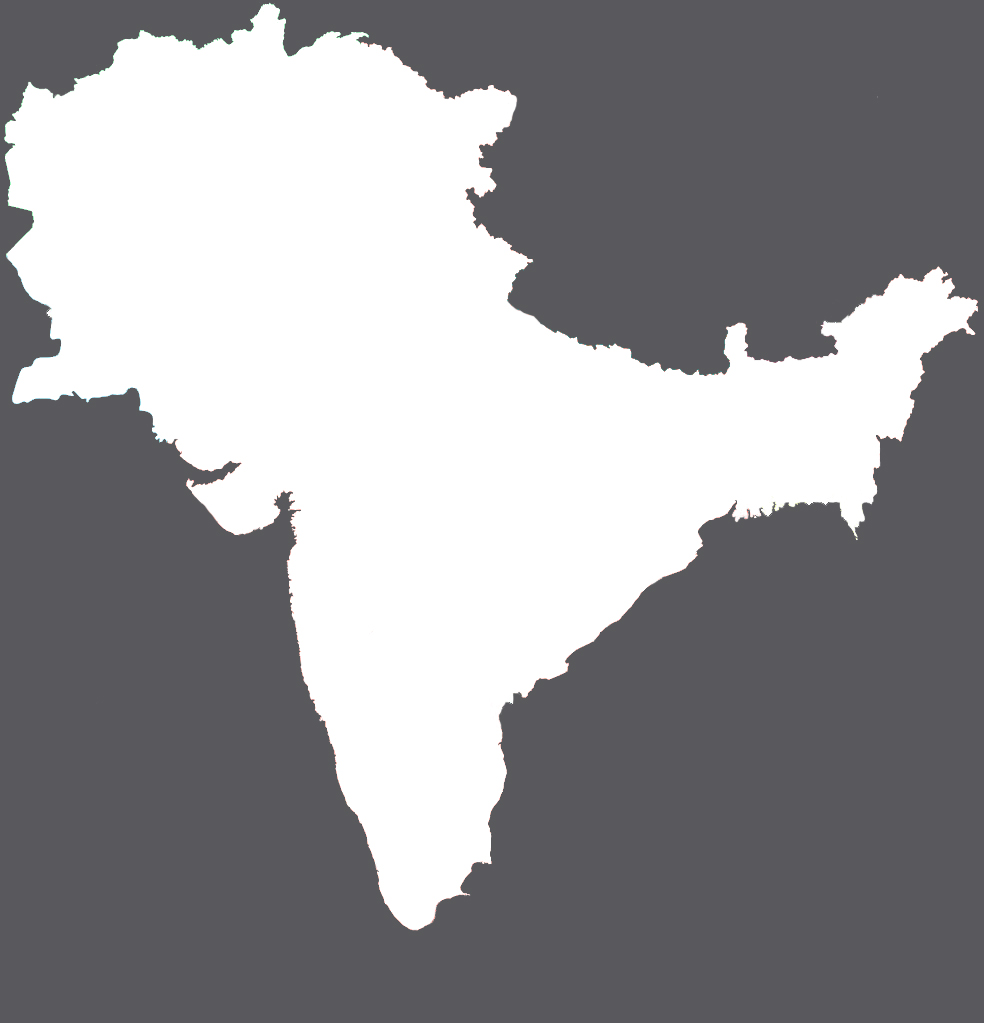
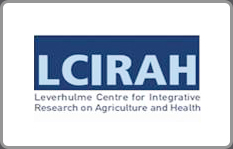
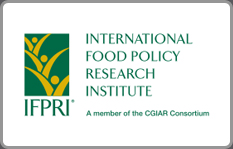
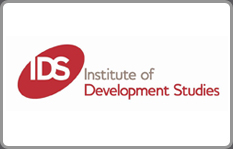
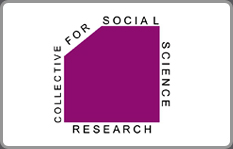
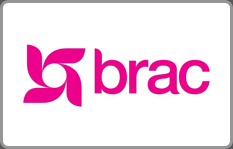
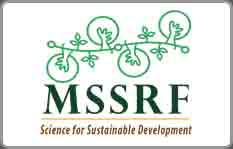
Add new comment